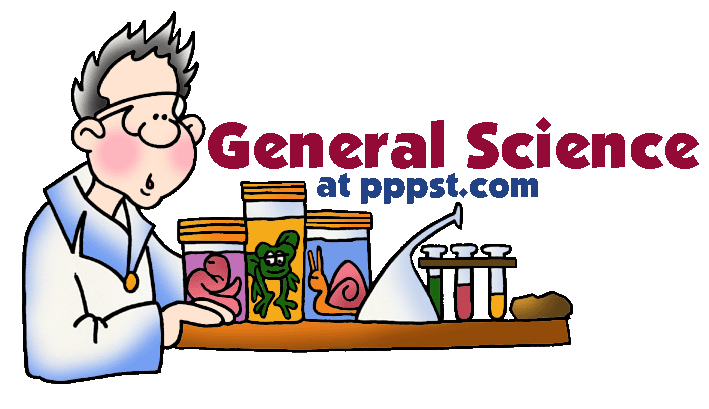
| The food chain consists of four main parts: The Sun, which provides the energy for everything on the planet. Producers: these include all green plants. These are also known as autotrophs, since they make their own food. Producers are able to harness the energy of the sun to make food. Ultimately, every (aerobic) organism is dependent on plants for oxygen (which is the waste product from photosynthesis) and food (which is produced in the form of glucose through photosynthesis). They make up the bulk of the food chain or web. Consumers: In short, consumers are every organism that eats something else. They include herbivores (animals that eat plants), carnivores (animals that eat other animals), parasites (animals that live off of other organisms by harming it), and scavengers (animals that eat dead animal carcasses). Primary consumers are the herbivores, and are the second largest biomass in an ecosystem. The animals that eat the herbivores (carnivores) make up the third largest biomass, and are also known as secondary consumers. This continues with tertiary consumers, etc. Decomposers: These are mainly bacteria and fungi that convert dead matter into gases such as carbon and nitrogen to be released back into the air, soil, or water. Fungi, and other organisms that break down dead organic matter are known as saprophytes. Even though most of us hate those mushrooms or molds, they actually play a very important role. Without decomposers, the earth would be covered in trash. Decomposers are necessary since they recycle the nutrients to be used again by producers. |
























No comments:
Post a Comment